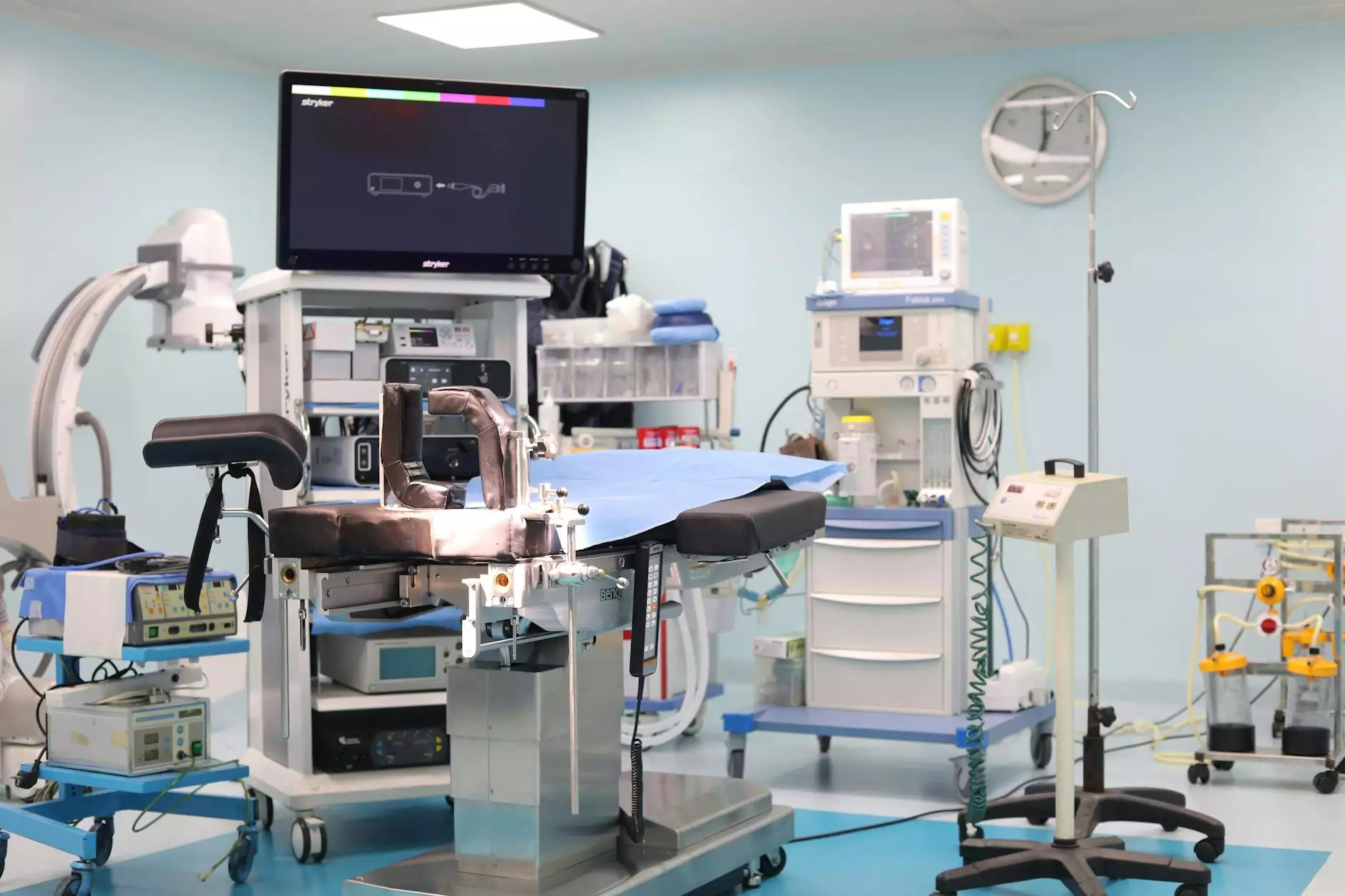The Importance of Lung Cancer CT Scans in Early Detection

Lung cancer is one of the most prevalent and deadliest types of cancer worldwide. Early detection is crucial for successful treatment, making lung cancer CT scans an indispensable tool in modern medicine. This article will provide an in-depth look at lung cancer, the role of CT scans in diagnosis, and the benefits of early detection.
Understanding Lung Cancer
Lung cancer begins in the lungs and can spread to other parts of the body. There are two main types:
- Non-small cell lung cancer (NSCLC): This is the most common type, accounting for about 85% of all lung cancer cases.
- Small cell lung cancer (SCLC): This type is less common, but it tends to grow and spread more quickly.
Causes and Risk Factors
While the exact cause of lung cancer is not known, several risk factors can increase the likelihood of developing the disease. These include:
- Smoking: The leading cause of lung cancer, accounting for approximately 85% of cases.
- Exposure to secondhand smoke: Non-smokers who are regularly exposed to smoke from others are also at risk.
- Environmental pollutants: Exposure to carcinogens such as asbestos, radon, and certain chemicals can significantly increase risk.
- Family history: A family history of lung cancer may elevate your risk, even if you do not smoke.
What is a Lung Cancer CT Scan?
A lung cancer CT scan, or computed tomography scan, is an imaging technique that provides detailed pictures of the lungs. Unlike a standard X-ray, a CT scan offers more detailed cross-sectional views, allowing doctors to detect abnormalities in the lung tissue. Here’s how it is typically performed:
- The patient lies on a table that slides into a large, doughnut-shaped machine.
- The machine rotates around the body, taking multiple X-ray images from different angles.
- These images are processed by a computer to create detailed cross-sectional images of the lungs.
Why are Lung Cancer CT Scans Important?
Lung cancer CT scans play a pivotal role in the early detection and diagnosis of lung cancer. Their importance can be summarized in several key points:
- Early Detection: CT scans can identify small nodules or masses in the lungs that may not be visible through other imaging techniques.
- Improved Prognosis: Early detection often leads to earlier treatment, which can significantly improve survival rates.
- Monitoring: For patients at high risk for lung cancer, regular CT scans can help monitor changes in lung nodules over time.
- Guiding Treatment Decisions: CT scans can provide critical information that helps healthcare providers tailor treatment plans based on the size, location, and extent of the cancer.
Who Should Get a Lung Cancer CT Scan?
The decision to undergo a lung cancer CT scan is typically based on risk factors and symptoms. Common recommendations include:
- Individuals aged 55 to 80 who have a history of heavy smoking.
- People who have quit smoking within the past 15 years.
- Those with a family history of lung cancer or other risk factors.
What to Expect During a Lung Cancer CT Scan
Most lung cancer CT scans are outpatient procedures and do not require anesthesia. Here’s what you can anticipate:
- You will be asked to remove any metal objects that may interfere with the imaging.
- The procedure usually lasts about 10-30 minutes.
- You may be required to hold your breath for a few seconds during the scan for clearer images.
- Post-scan, you can often resume normal activities without restrictions.
Interpreting CT Scan Results
The results of a lung cancer CT scan will be analyzed by a radiologist, who will generate a report for your healthcare provider. Abnormal results may indicate:
- Nodules: Small masses that can be benign or cancerous.
- Masses: Larger growths that often require further evaluation.
- Enlarged lymph nodes: This may indicate the presence of cancer if they are swollen and numerous.
- Additional Tests: If abnormalities are detected, your doctor may recommend a biopsy or further imaging to confirm a diagnosis.
Follow-Up Care and Management
Once the results are available, follow-up care may include:
- Monitoring: Regular imaging to track any changes in nodules or suspicious areas.
- Treatment Options: Depending on the findings, treatment may include surgery, chemotherapy, radiation therapy, or targeted therapies.
- Supportive Care: Involving palliative care or counseling to assist with emotional and psychological challenges.
Integrating Lung Cancer CT Scans with Holistic Approaches
While lung cancer CT scans are essential for early detection, incorporating a holistic approach to lung health is also beneficial. Here are several strategies to consider:
- Quit Smoking: The most effective way to lower your risk.
- Air Quality: Monitor and improve air quality in your home and workplace.
- Healthy Lifestyle: Incorporate a balanced diet and regular exercise to strengthen overall health.
- Regular Screenings: Participate in routine screenings, especially if you are at high risk.
Conclusion
In essence, lung cancer CT scans are a vital component of lung cancer diagnosis and management. Their early detection capabilities can lead to timely and effective treatment, significantly improving patient outcomes. Everyone at risk should consider consulting their healthcare provider regarding the necessity of lung cancer screening through CT scans. Embracing a proactive approach to lung health can lead to a better quality of life and, ultimately, save lives.
Get Started on Your Path to Better Lung Health
At Hello Physio, we are committed to your health and well-being. Our expert team offers comprehensive services in Health & Medical, Sports Medicine, and Physical Therapy. For more information or to schedule a consultation, visit hellophysio.sg today!









